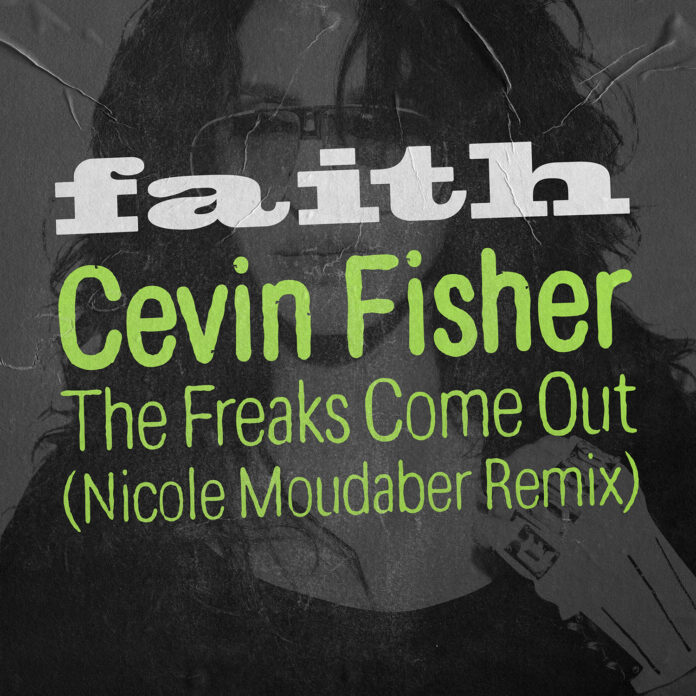The increasingly ubiquitous isekai genre was in many ways becoming the bane of the anime fandom, with its somewhat trite nature being as loathed as the harem genre before it. Perhaps sensing this, the creators behind isekai light novels, manga and anime have begun diving into the deep recesses of the genre, resulting in the craziest concepts recently found. Newer isekai series feature spiders, slimes, vending machines and the world's crappiest video games, setting them apart from being just another medieval fantasy show.
Isekai stories being far outside the norm has now become the norm itself, forcing the genre to continue to innovate and renovate. These shifts have jumpstarted a new trend, crafting the most pessimistic, moribund realities and forms for the protagonists to deal with. Here's how isekai is slowly turning to body horror, and how it helps repel some of the genre's biggest criticisms.
Worst Timeline
One example of a particularly morbid or negative isekai is Full Dive, known in Japan as Kyūkyoku Shinka shita Furu Daibu RPG ga Genjitsu yori mo Kusoge Dattara. The Japanese title translates literally into The Ultimate Next-Gen Full Dive RPG Is Even Crappier Than Real Life, which says it all in terms of the show's premise. It's about a gamer who, like many isekai protagonists, ends up directly in the video game he had been playing.
The game is meant to imitate even the most minute milieu of the real world, taking something that should be a freeing experience and filling it with restrictions. This makes everything in the game as painfully lethal as in real life, portrayed when protagonist Hiro accidentally causes his friend to stab himself with a kitchen knife and die. He's promptly turned into a bit of an outlaw and his in-game reputation is ruined forever.
Then there's Reborn as a Vending Machine, I Now Wander the Dungeon, which reincarnates its protagonist in one of the worst forms imaginable. Whereas giant spiders and slimes may have seemed weak enough, the unnamed hero of this story is reborn as a mere vending machine, lacking the power to move or even speak on his own. This is perhaps the biggest source of horror fuel currently in isekai, with the main character essentially robbed of any real sentience or independence and forced to be transported on his new friend's back.
Reverse Power Fantasy
This is all a far cry from what isekai had become known for. The comparisons to the aforementioned harem anime are apt, as both genres have typically been derided as mere power fantasies. One such example is the somewhat infamous The Rising of the Shield Hero, where the protagonist is meant to start out as a sort of lovable loser. The problem is that he isn't exactly a sympathetic character. Over the course of the series, his setbacks are basically hand-waved away as he becomes increasingly overpowered.
Even the better-received That Time I Got Reincarnated as a Slime somewhat falls into this trap. Despite the main character Rimuru starting off as a lowly slime, he too gains the genre's infamous power creep, becoming extraordinarily strong as his band of friends also increases. This continues the idea that isekai is a genre where the heroes are simply given their victories, making the threat and tension level only decrease as the series goes on.
These newer isekai entries certainly do away with that, however, by starting the heroes in a position where suddenly becoming overpowered cyphers is nigh impossible. A mobility-lacking vending machine becoming an unbeatable hero wouldn't make any sense -- even with how ridiculous the original premise sounds. Thus, perhaps in an effort to keep those types of stories from being told, isekai has now transitioned from forming the wackiest premises possible to handicapping its protagonists as much as possible.


